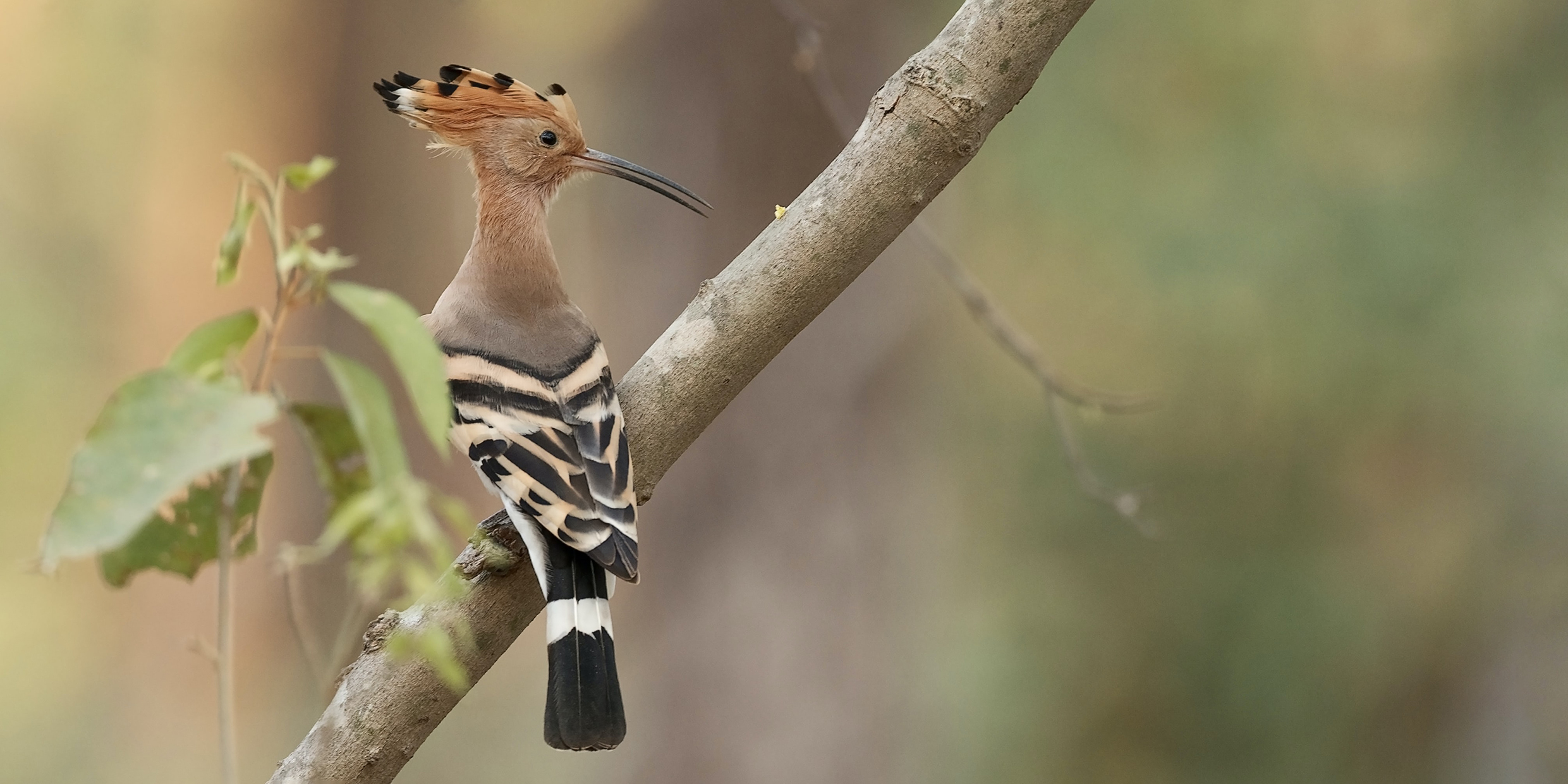Originally published 17 July 1995
In the parish church of the village of Selborne, England, is a three-paneled stained-glass window depicting “St. Francis Preaching to the Birds.”
Looking at a color slide of the window, I can count 60 or so species of birds, all the species mentioned by Gilbert White in his The Natural History of Selborne, published in 1789.
White was curate of Selborne, and he lived in a beautiful house across the village green from the church. His little volume is one of the earliest examples of nature writing. It remains in print today as an Oxford World’s Classic.
The bird-filled window was placed in Selborne’s parish church to commemorate the naturalist’s influence and achievements. Indeed, the entire village has been carefully preserved as a memorial to White; to go there today is to step 200 years back in time.
It is easy to identify many of the birds attendant upon St. Francis; they are similar or identical to American species. Here, for example, are the heron, woodcock, mallard, barn owl, starling, swift, martin, and wren.
Here too are species that are different from our own. Perched upon St. Francis’ finger is the European robin, a smaller, more winsome bird than the American robin, sharing only a red breast with its namesake.
When I was a child, I was puzzled by the English rhyme “Who killed cock robin.” The stolid American robin seemed an unlikely victim of a sparrow (the perpetrator, with bow and arrow). It was only when I crossed the Atlantic and saw the adorable sparrow-sized European robin that the crime excited the appropriate sympathy.
The cock robin rhyme is perhaps of medieval origin. It first appeared in print in the nursery book The Pretty Songs of Tommy Thumb, published in London in 1744, while Gilbert White was studying at Oxford. It was a time when birds were still a sufficiently intimate part of the cultural environment to be given Christian names. Thus we have Robin Redbreast, Jenny Wren, Tom Tit, Madge Magpie, and Jack Curlew. All small birds were Dick, from which our Dickie-bird derives.
White was a modern ornithologist at a time when most country folk were content to know Robin, Jenny, Tom, Madge, and Jack by their Christian names. He was a keen observer of songs, behaviors, and breeding and nesting times. These observations were recorded in his book along with references to the Bible, Shakespeare, and Greek and Latin authors, as befits an Oxford-educated classicist.
White was particularly attuned to curiosities and ironies. He tells us, for example, that the smallest British bird, the golden-crested wren, will be unconcerned as an observer approaches within three or four yards, whereas the largest British land bird, the bustard, will not allow a person to approach within as many furlongs.
During the years that White studied birds, Britain was engaged in dramatic events on the world’s stage. Her colonies were in revolt. Her neighbor France stood on the brink of cataclysm. The industrial revolution was about to remake the landscape.
None of this intrudes upon the quiet of Selborne; few hints of these greater social events are to be found in the pages of The Natural History of Selborne or in the author’s daily journals.
We find instead a world of woodlarks, cuckoos, turtle doves, whinchats, linnets, and wigeons, existing in a kind of Franciscan harmony with the villagers. We find these same birds in the stained-glass window that commemorates White’s world, a world that perhaps never existed even in Selborne but to which we can forever aspire: All creatures of the Earth congregating as Francis preaches his message of peace.
But what is this bird in the lower right-hand panel of the window, with outlandish headdress and black-and-white cape, like a Mayan priest in a costume of feathers? It is that most outlandish of all European birds, the hoopoe, whose portrait shares the jacket of Peterson’s Birds of Britain and Europe with the puffin and lapwing, two other birds of noticeably extravagant appearance.
The hoopoe is not common in Britain; it is a rare visitor from the continent. In his Natural History, Gilbert White mentions a pair of hoopoes, “the most unusual birds I ever observed in these parts,” which came to Selborne one summer and frequented the garden adjoining his own.
“They used to march about in a stately manner, feeding in the walks, many times in the day; and seemed disposed to breed in my outlet; but were frighted and persecuted by idle boys, who would never let them at rest,” he wrote.
Few individual birds in the history of ornithology can have been as splendidly remembered as the boy-teased pair of hoopoes that White observed in Selborne, now enshrined with the saint of Assisi in one of the most beautiful stained-glass windows in Britain.



